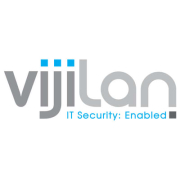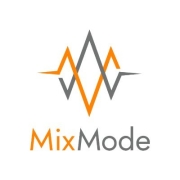Cloud Detection and Response solutions provide organizations with the ability to detect, investigate, and respond to threats in their cloud environments efficiently, utilizing sophisticated threat intelligence and analytics.
Organizations face complex security challenges in cloud environments due to dynamic and scalable infrastructures. CDR solutions help secure these environments by offering robust detection mechanisms and responsive actions against potential threats. These platforms integrate AI and machine learning to improve threat detection accuracy and reduce false positives, helping security teams focus on genuine threats and optimize response strategies.
What are the critical features of CDR solutions?In industries like finance and healthcare, Cloud Detection and Response solutions are implemented for stringent compliance and security requirements. These sectors leverage CDR for real-time monitoring and threat intelligence to protect sensitive information efficiently.
Cloud Detection and Response solutions are useful for organizations as they enhance security measures by providing a comprehensive approach to threat detection and response, tailored specifically for cloud environments.

























CDR solutions enhance cloud security by proactively identifying and neutralizing threats before they can exploit vulnerabilities in your cloud environment. They utilize advanced analytics and machine learning to detect unusual activities and potential breaches. By continuously monitoring your infrastructure, CDR provides real-time alerts and automated responses to contain threats, ensuring your data and applications remain secure.
What key features should you look for in a CDR solution?When selecting a CDR solution, focus on features like automated response capabilities, threat intelligence integration, and scalability. Look for solutions offering comprehensive visibility across all cloud assets and applications, ensuring compatibility with your existing IT infrastructure. Prioritize those with user-friendly dashboards for easy monitoring and actionable insights for quick decision-making.
How can CDR solutions improve incident response times?CDR solutions improve incident response times by providing automated threat detection and real-time alerts, reducing the time from detection to remediation. The integration of AI and machine learning enables these solutions to swiftly analyze data, identify threats, and trigger automated responses, minimizing manual intervention. This speed and efficiency significantly reduce the potential damage from security incidents.
Why is integration with existing security systems crucial for CDR?Integration with existing security systems is crucial for CDR as it ensures seamless communication and coordination among different security tools. This integration enhances the overall security posture by providing a unified view of threats and responses, eliminating silos in threat detection and response processes. By harmonizing with existing systems, CDR solutions provide a cohesive, more effective defense strategy.
How does CDR help in maintaining compliance?CDR helps maintain compliance by continuously monitoring and reporting on cloud security posture and activities. These solutions ensure adherence to industry standards and regulations by providing automated compliance checks and generating audit-ready reports. By identifying and addressing compliance gaps in real-time, CDR solutions assist you in meeting regulatory requirements and avoiding potential fines or penalties.